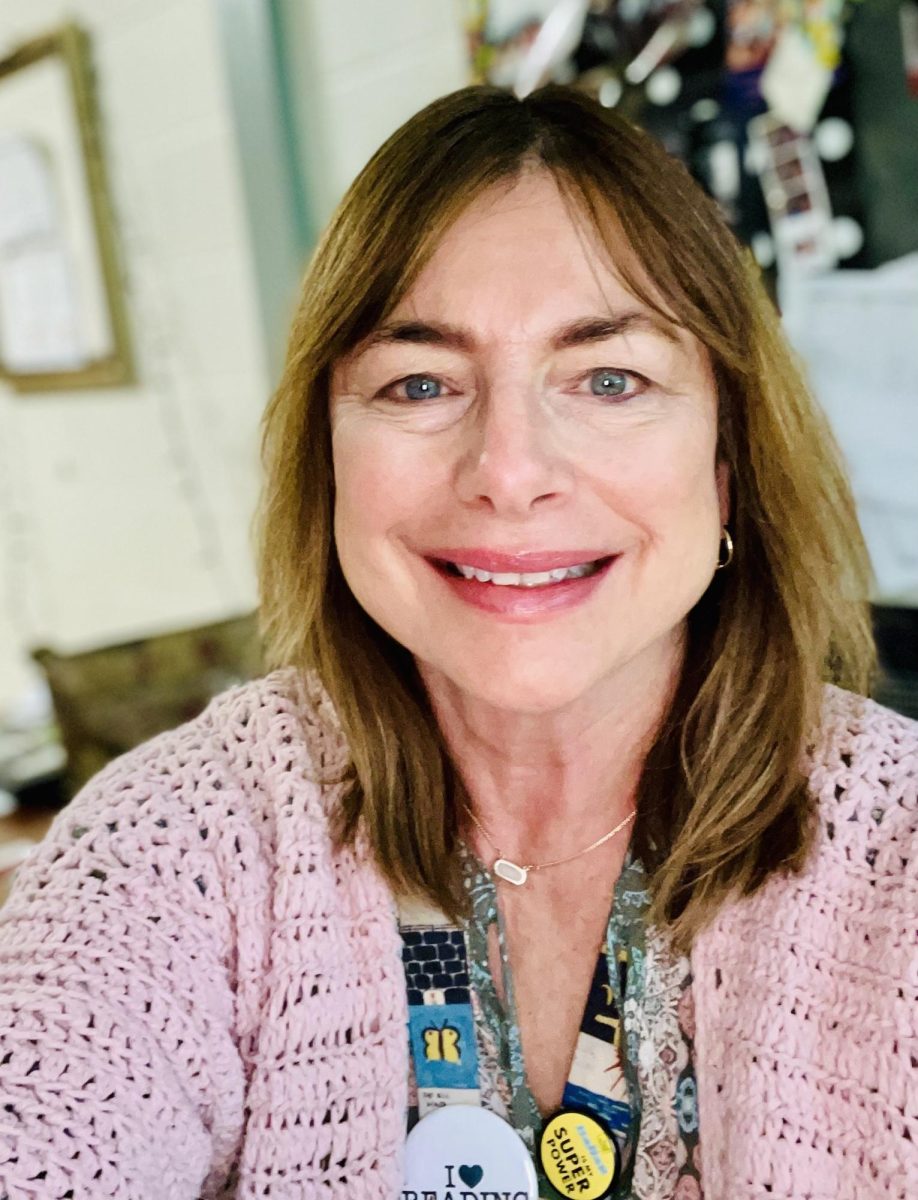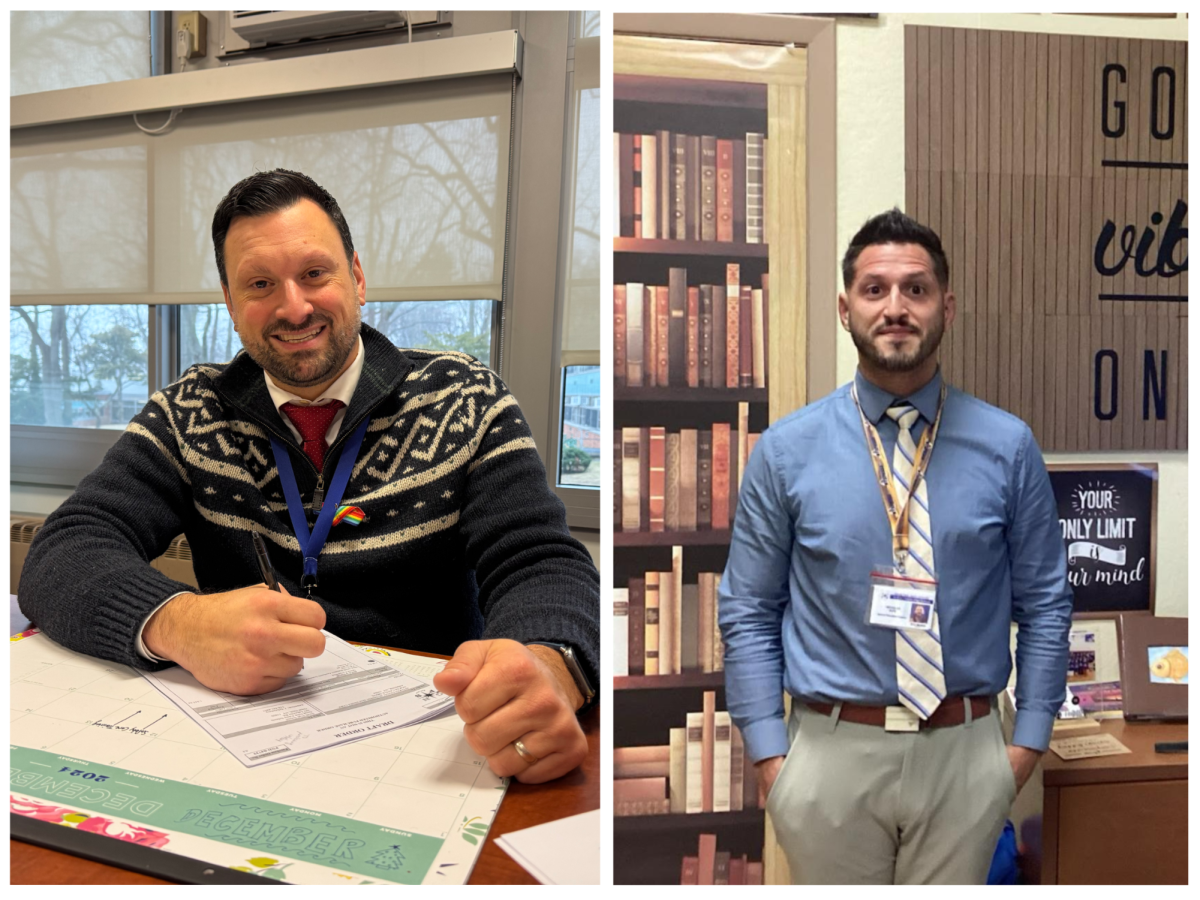By Casey Choung
Until this year, Election Day marked a break for students in the first week of November. However, this year classes will be in session on Election Day, Tuesday, November 6.
According to Dr. Christopher Gitz, “The change was made to meet the state requirements for the number of school days for this school year.” Last spring, the New York State Department of Education decided to change the way they measure instruction time. For decades, time was measured by the number of days in a school year; students were required to be in school for 180 days each year. Starting this school year, instructional time will be measured in minutes, not days. This means the district needs to be careful about the number of inclement weather days available.
Many factors affect a school-year calendar. According to Dr. Stephen Lando, Assistant Superintendent of Great Neck Public Schools, “Among the factors affecting the school calendar are the dates of federal and religious holidays, the possibility of making up classes if schools are closed for an excessive number of days due to inclement weather, and the schedule of Regents exams as established by New York State.”
The main reason for the decision to hold classes on Election Day this year was because the district had already created and published the school calendar. The State Education Department changed their requirements after the calendar had been published. The district did not want to change the first day of school in case families had already made plans. At the same time, not having enough instructional time would result in penalties to the district, so they looked for an alternative solution. After studying the calendar and carefully considering options, the district decided to make Election Day an instructional day to meet the new state requirements.
Because Election Day is usually Superintendent’s Conference Day, a staff development day for faculty, teachers will report to school on Tuesday, February 5, when classes will not be in session for Lunar New Year.
Going forward, the district could see similar changes to the schedule as the district attempts to meet both state requirements and community needs. According to Dr. Lando, “This change is an example of the creative approach that we use to meet the needs of students and staff in the development of our annual calendar.”






